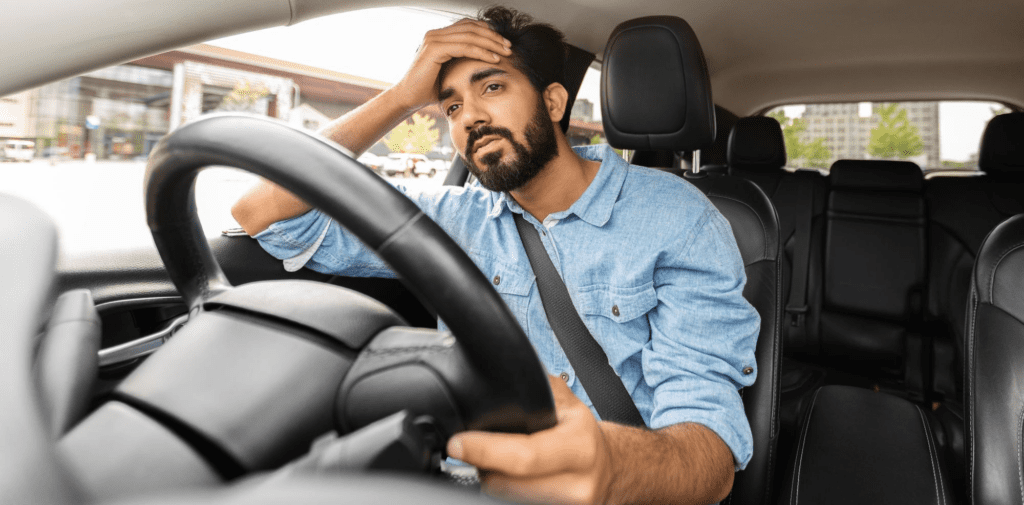
Embarking on the journey of driving doesn’t end with a triumphant pass in the practical test. It’s a common misconception, perhaps partly upheld by the driving school community, that the learning curve plateaus once the L-plates come off.
However, this is only a chapter in the comprehensive manual of driving. As new drivers transition into seasoned road navigators, they encounter an array of road etiquette—a set of unofficial guidelines that seasoned drivers adhere to, though these are not explicitly detailed in the Highway Code.
In the UK, there’s a rich tapestry of driving etiquette that goes beyond the statutes inscribed in law. It may be slightly daunting for newcomers, but there’s no cause for alarm. The subtleties of courteous driving behaviours are quite straightforward to assimilate. It’s these nuances that can transform a driver from a fledgeling novice to an adept and respectable motorist.
Let’s explore these behaviours, for they are the threads that, when woven into your daily driving practice, refine your conduct behind the wheel.
Why be a Courteous Driver?
Being courteous on the road isn’t just for other people; it makes your own time driving much better. When you’re polite and considerate in the driver’s seat, your journeys become nicer, even if not everyone else is playing by the same rules.
You might come across drivers who don’t say thanks or cut you off, but if you’re driving nicely, at least you know the traffic jams aren’t your fault. It feels good to be part of the solution rather than the problem.

Driving politely does more than just spread good vibes. It keeps things calm. Let someone into your lane, give a quick wave to say thanks, or use your indicators well in advance—it all helps keep tempers from flaring up and everyone gets along better. It makes driving less of a headache for you too.
And let’s not forget, when you’re a friendly driver, you tend to get some of that friendliness back. People are more likely to let you merge, and the whole road trip vibe just gets a lot more chilled out.
Being a courteous driver means less stress and more smiles all round. It’s about making the roads nicer for everyone, including yourself. So why not give it a go?
Unwritten Rules of the Road
Giving Way
Giving way isn’t just about those times at roundabouts or the junctions with clear signs. When you’re out driving for real, you’ll come across loads of moments where it’s up to you to decide whether to let the other driver go first—and there’s no law to guide you.
Let’s say you’re on a typical road, not too wide, with cars parked up on both sides, and there’s another car coming towards you. It’s a bit tight, so one of you has got to make room. Who should it be? Ideally, the person who’s got the easiest spot to slip into, maybe a nice big gap just behind a parked car, should be the one to pull in and let the other pass.
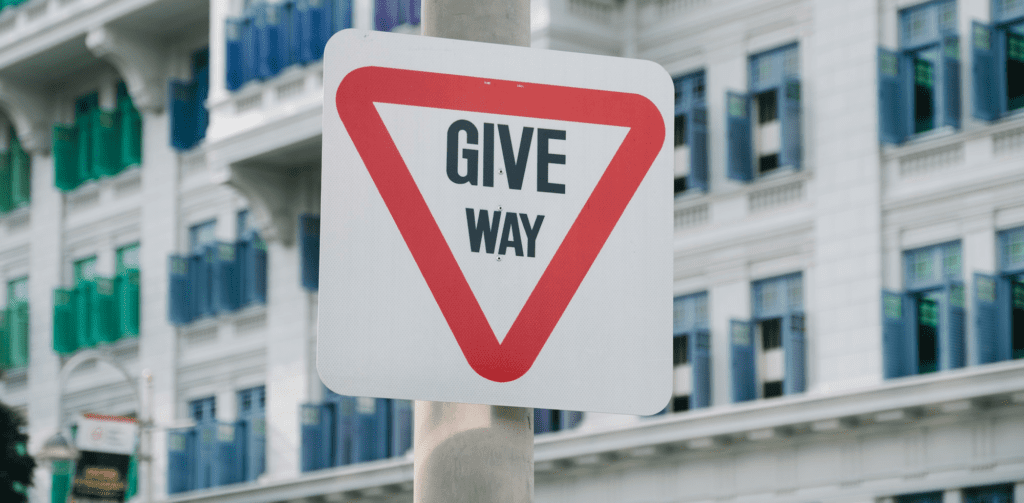
It’s all about being sharp and spotting a good pull-in spot early. If both drivers are on the ball, you can figure it out without any fuss, and everyone’s on their way without any aggro.
What you don’t want to do is put your foot down and hope the other driver gives up and lets you through. That’s just going to rub them up the wrong way and could cause a bit of a standoff, which nobody wants.
Being the driver who gives way when possible is like putting good karma on the road. It makes things smoother and friendlier for everyone. Plus, it’s usually faster to just nip into a space than to end up in a face-off with the other driver. So next time you’re in that situation, think quick, act kind, and you’ll be on your way with a wave and a smile.
Let Them In
We’ve all been there—the gut clench of trying to merge lanes with that blinking right indicator, while a snake of cars tails us, drivers frowning in our rear-view mirrors. Or that moment of ‘oops’ when our exit looms and we’re not in the right lane, but a solid wall of traffic gives us the cold shoulder. Next time you see someone else in that fix, why not offer a bit of road kindness?
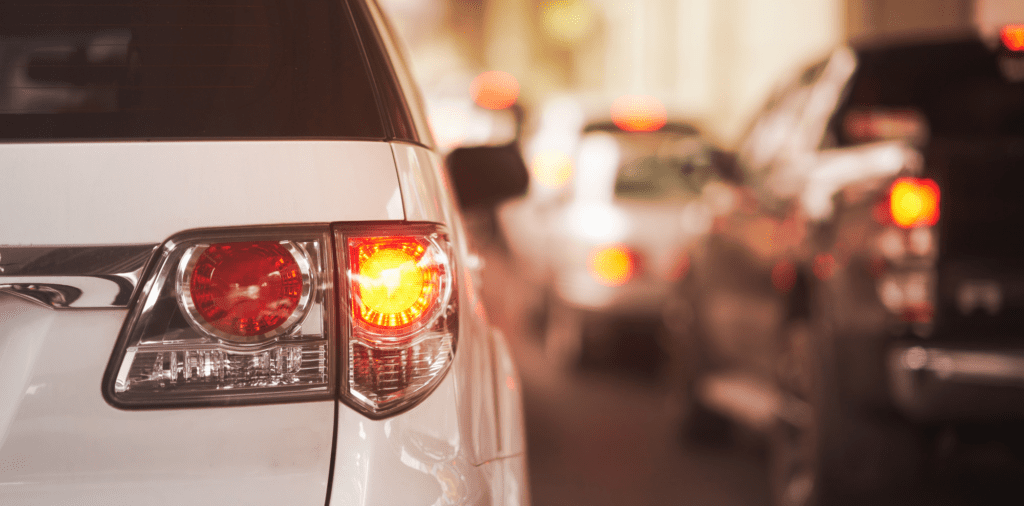
When you spot another driver who’s trying to squeeze onto your road or make a turn, a little bit of patience from you could save their day. It’s not about holding up the traffic—no need to be the one who causes beeping and tutting by causing a jam. But if you’re all bumper-to-bumper and going nowhere fast, it doesn’t hurt to back off the accelerator and flash your lights to let them in.
And when the traffic lights are against you, and you’re all waiting for green, letting someone into the queue is no skin off your nose. Plus, doing these good deeds on the road is like putting pennies in a karma bank—you might just find it pays off the next time you need a gap to dive into.
Also, spare a thought for the big vehicles—buses and lorries. They’ve got a tougher time getting into the flow because let’s face it, it’s not that easy for them to nip into a small space. If it’s safe and you’ve got room, easing off to let a large vehicle in front of you can make a huge difference to them, and it’s a gesture that’s likely to be remembered and appreciated.
Being that driver who lets others in not only makes you a bit of a hero on the highways, but it also helps to keep the traffic moving. Plus, it feels pretty good too!
Say Thank You
Being appreciative isn’t just for face-to-face interactions; it’s just as vital when you’re navigating the roads. If someone graciously gives you space to merge into traffic or kindly moves aside to let you pass on a slim lane, it’s good manners to say thank you.

Of course, when you’re seated in your car, simply uttering a ‘thank you’ isn’t going to be heard. Besides, you’ve got to keep your eyes peeled and hands steady on the wheel—after all, the whole point is to keep traffic flowing smoothly thanks to that considerate gesture! To get around this, drivers have come up with some clever, non-verbal signals to show their appreciation.
A quick flash of your headlights is a common method, but be mindful as it can mean different things depending on the situation. I find that a brief hand wave does the trick too. You don’t have to take your hand off the wheel—just a simple, casual wave will suffice. It’s a small gesture, but it goes a long way in fostering goodwill and courtesy among drivers.
The Importance of Using Your Indicators
It may seem like a throwback to your days of learner plates and driving instructors, but using your indicators is a fundamental part of driving that’s often overlooked, hence it’s earning a spotlight here!
Indicating your movements is not just about following the rules; it’s about communication. Just as you wouldn’t abruptly walk in front of someone without a polite ‘excuse me’, you shouldn’t turn, merge, or switch lanes in your car without signalling. It’s essential for the safety and flow of traffic and acts as a sign of respect to fellow road users.
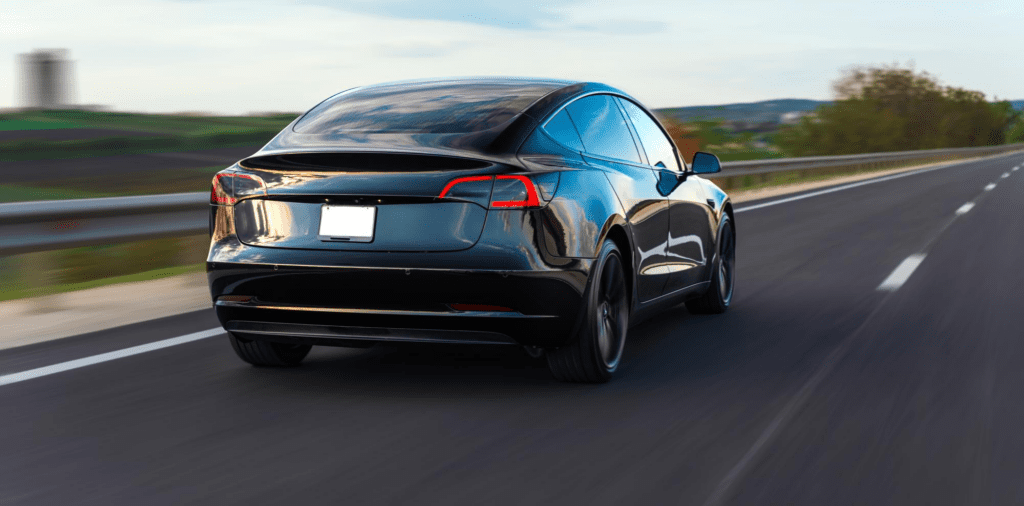
Skipping out on indicators? That’s a classic hallmark of a driver who seems to have forgotten the basics. Not only does it suggest a lack of attention, but it’s also downright discourteous. Others can’t read your mind; they need those blinking lights to understand your next move.
Remember, flicking on your indicator isn’t asking for permission; it’s giving a heads-up, which allows everyone to adjust their driving accordingly. This tiny action can prevent confusion, road rage, and accidents.
So, make it a non-negotiable part of your driving routine. It’s simple, it’s quick, and honestly, it’s a real game-changer for everyone’s road experience. Always indicate—it’s the hallmark of a considerate and attentive driver.
Keeping a Safe Distance
Understanding the importance of personal space isn’t just for social settings; it’s crucial when you’re behind the wheel, too. As you gain more experience after your driving lessons, you’ll realise the road is a shared space bustling with cars, lorries, bikes, animals, and pedestrians.
Accept that the road isn’t your race track; it’s a community area where safety is the priority. This means always keeping a respectful distance from the vehicle in front.

Sure, it can be a bit trying when you’re eager to reach your destination, but patience is key. Other road users aren’t obstacles in your journey; they’re just like you, aiming to get from point A to point B.
There’s no textbook measurement for the perfect gap between you and the next road user because it changes with speed, weather, and traffic conditions. You’ve got to engage your brain – think about what a safe distance should be in different situations.
Whether it’s giving extra room to a learner driver who might make sudden moves, or leaving more space for a cyclist who might need to swerve around a pothole, always err on the side of caution.
Adjusting your buffer zone is particularly vital around vulnerable road users like cyclists and pedestrians, as well as unpredictable ones such as animals. It also applies to heavy goods vehicles which require a larger stopping distance.
So, keep your wits about you and maintain a gap that ensures everyone’s safety. Remember, on the road, patience isn’t just polite, it’s a protector.
Considerate Parking and Driving
Mastering the art of parking is a significant achievement for any learner driver, and it’s a skill that’s rigorously tested in the practical driving test.
But parking prowess goes beyond just slotting your car neatly between two white lines. To be a truly considerate driver, you should always be mindful about where and how you park.
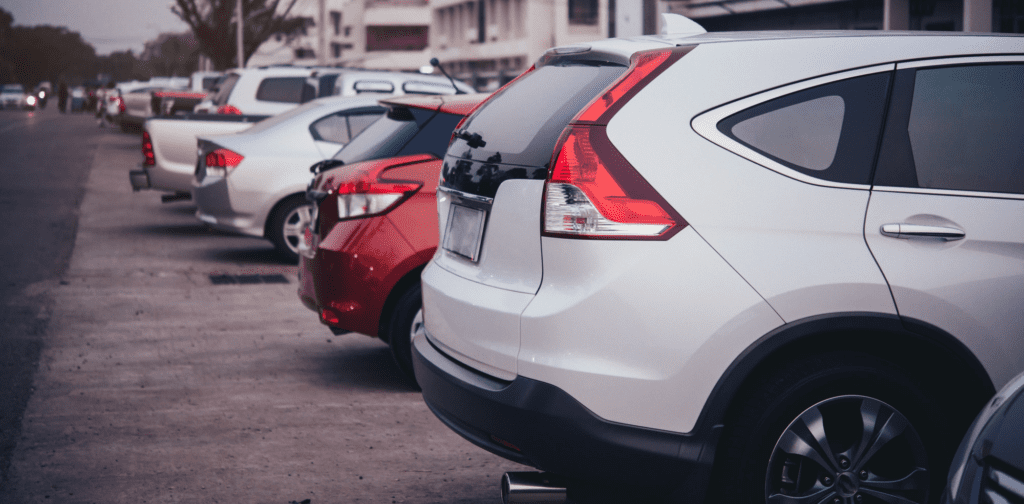
When you’ve found a spot to park, take a moment to think about how your actions affect other road users. If you’re parking behind a car, it’s courteous to leave ample space for that car to manoeuvre out; they might need to leave before you come back.
Moreover, avoid parking in a way that blocks driveways or access points. It’s quite simple: your car should never be an inconvenience or an obstacle to others.
Now, let’s talk about driving, particularly in slow-moving traffic. When you approach side roads, make it a point to stop clear of their entrances. This allows vehicles to enter and exit without hindrance. It’s an easy thing to do and it makes a world of difference to the flow of traffic.
Both scenarios boil down to basic road manners. Parking and driving considerately ensure that everyone can go about their day without unnecessary disruption.
Plus, it fosters a sense of community and respect on the roads. Remember, small acts of thoughtfulness can have a big impact on the overall driving experience for everyone.
Practising Patience Behind the Wheel
Embracing patience is a golden yet challenging rule to follow when driving, particularly when things aren’t going quite to plan. Whether you’re feeling a tad grumpy or someone else’s driving has irked you, the roads can sometimes seem like a stage set for a drama. But let’s be honest, giving into frustration leads you down a road to nowhere pleasant.
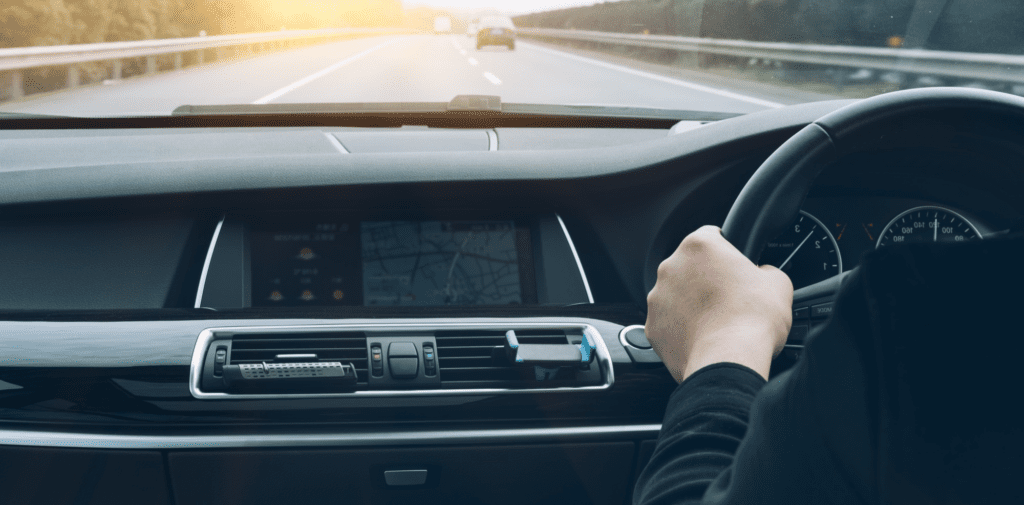
When another motorist forgets their manners or a driving error occurs, getting road rage won’t do any favours for your blood pressure or mood. Instead, concentrate on being the calm and collected driver—the kind of driver others look up to. Accepting that you cannot steer the behaviour of other road users is as crucial as steering your car.
Acceptance goes a long way. The traffic jam you’re stuck in? Out of your hands. The unexpected diversion on your usual route? Also out of your control.
Flaring up in annoyance won’t clear the path but taking a moment to breathe deeply, maybe turning on some soothing music or an engaging podcast, can transform your commute into a more serene journey. Keep calm and carry on driving—it’s the typical British approach to the little hiccups on the road of life.
Show kindness to learner drivers
Let’s not forget a bit of compassion for those sporting the tell-tale L-plates. It’s easy to sigh when you spot a learner driver ahead, perhaps moving a bit more hesitantly than you’d like.
However, frustration or impatience isn’t going to help anyone. Consider the fact that they might be quite anxious, with every car behind them adding a dollop more pressure to their learning experience.
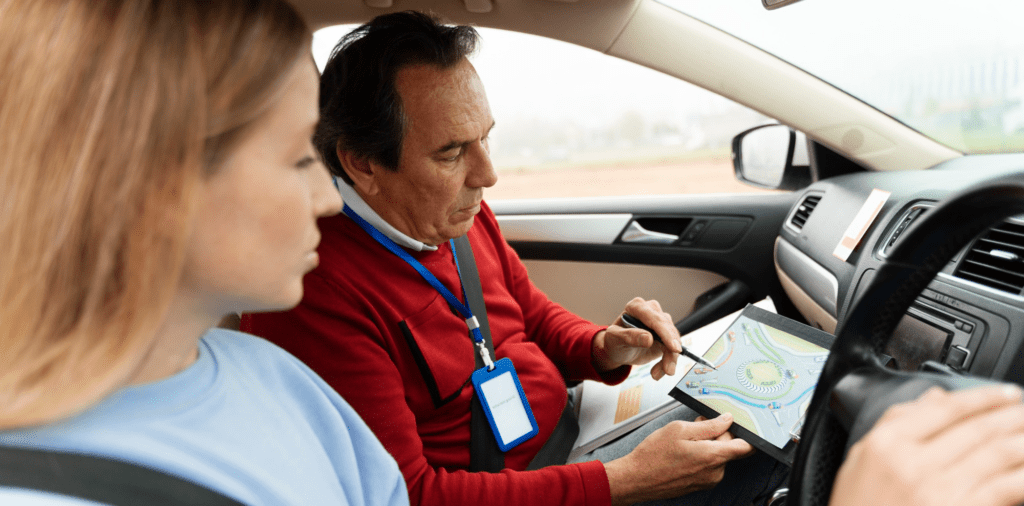
Being a considerate driver means remembering your own early driving days. Were you not once grateful for the seasoned driver who gave you a wide berth or patiently waited as you struggled with a hill start? Showing kindness to learners is about paying that patience forward.
Give them room to learn, to make those little errors without the fear of honking horns or aggressive overtaking. Your understanding could be the boost of confidence they need to get it right the next time.
After all, today’s learners are tomorrow’s full licence holders—they’ll remember the kindness shown to them, and hopefully, pass it on. So, next time you’re behind a tentative learner, keep a gentle foot on the brake and an encouraging thought in mind. Be the driver you once needed.
Be a Courteous Driver
The road is more than tarmac and traffic lights; it’s a community. And like any good community, it functions best when everyone is considerate. Small gestures of thoughtfulness behind the wheel can have a profound impact, turning a daily commute into a collective effort for safer, smoother journeys for all.
Gaining your driving licence is like receiving an invitation to a club. The membership fee? Ongoing courtesy and vigilance. It’s about understanding that driving isn’t just about the mechanics of manoeuvring a vehicle; it’s about the humanity you bring to the experience.
By adopting these simple but powerful unwritten rules of the road, you contribute to a culture of mutual respect and cooperation. From acknowledging fellow motorists with a thank you wave to giving learners the space they need, each act of kindness makes you not just a licenced driver, but a valued member of the driving community.
So, as you hold that licence in your hand, remember, it’s more than a permit to get from A to B—it’s a responsibility to uphold the unspoken pact of courtesy that makes driving a shared privilege. With this mindset, you’re not just adding to the numbers on the road; you’re enhancing the quality of the journey for everyone.


